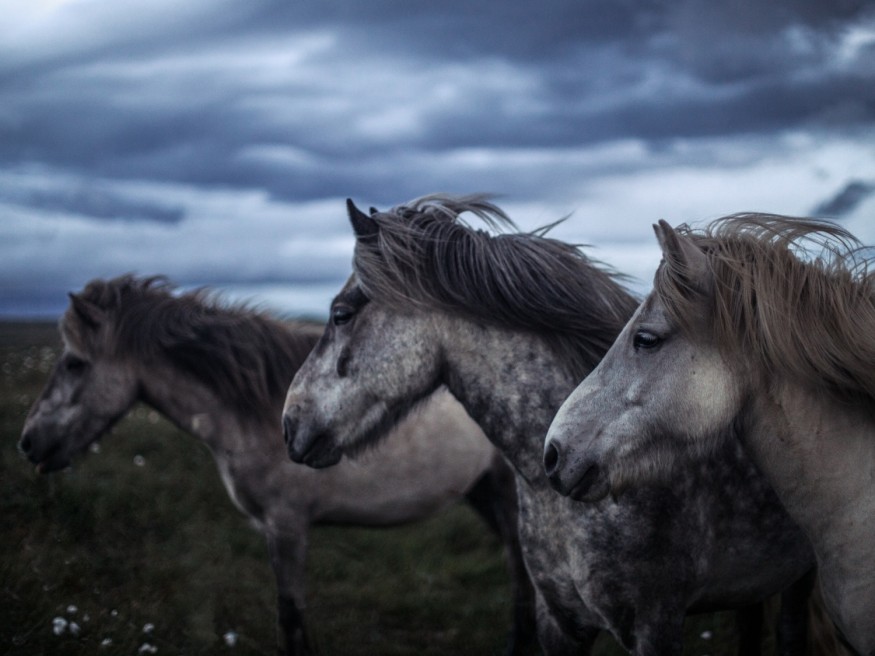Ice Age horse skeletons were found with fractured vertebrates that might suggest a history of being ridden.

A female horse's skeletal remains were found buried in an ancient lake in Utah and were initially thought to be from the last Ice Age roughly 16,000 years ago, but research shows that the remains are no older than 340 years old.
The History of the Mysterious Female Horse Skeleton
Landscapers initially unearthed bones in Lehi, Utah, in 2018. There it was initially dated roughly 11,700 years ago. However, after analysis of the horse remains, scientists realize that the hoofed beast was actually domesticated that lived recently.
The horse's initial age suggests that the mare was wild, living in North America roughly 50 million to 10,000 years ago, disappearing about the same time as other large animals, including short-faced bears, mammoths, and dire wolves that went extinct at the end of the last ice age.
However, new findings suggest that the horse died when roughly 12 years of age, domestic roughly post-Columbian times after the Spanish introduced Equus caballus or domestic horses to the Americas from the 16th century.
Many indigenous groups that lived in the Americas integrated the European horses into their economies and cultures, say researchers who wrote the study. The mare skeletons known as the Lehi horse were most likely raised, looked after, and ridden by indigenous people who lived in Utah, possibly by either Ute or Shoshone communities, says Willaim Taylor, lead author and professor at the University of Colorado Boulder.
Taylor says, "The Lehi horse shows us that there is an incredible archeological record out there of the early relationship between indigenous people and horses--a record that tells us things not written in any European histories."
Taylor, also a curator of archeology at the Museum of Natural History at the University of Colorado, has created a digital museum exhibit about horses in the ancient American West.
The Dating Mix-Up
The mix-up is due to the lake sediments dating to roughly 14,000-16,000 years ago that surrounded the horse in the pit where indigenous people buried it.
But, radiocarbon dating of the actual bones from Lehi's anatomy and DNA samples show that the mare lived more recently than initially thought. However, since radiocarbon samples weren't able to provide exact results, Taylor says, "We can only say that this horse died sometime after 1680, likely before the European settlers moved into the Salt Lake region during the mid-19th century."
Despite evidence of injuries on the mare, researchers suggest that the horse was tended to, possibly due to the need to breed the mare with local stallions, says researchers in the study published on February 4th in the journal American Antiquity.
Additionally, isotope analysis of the horse's tooth enamel reveals that the mare drank water and ate vegetation in the Wasatch Front region of Utah, suggesting that the horse was raised and tended by locals near where it was found.
Check out more news and information on Archeology on Science Times.
© 2025 ScienceTimes.com All rights reserved. Do not reproduce without permission. The window to the world of Science Times.










